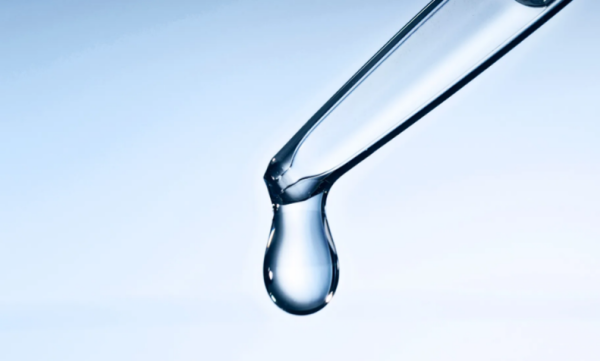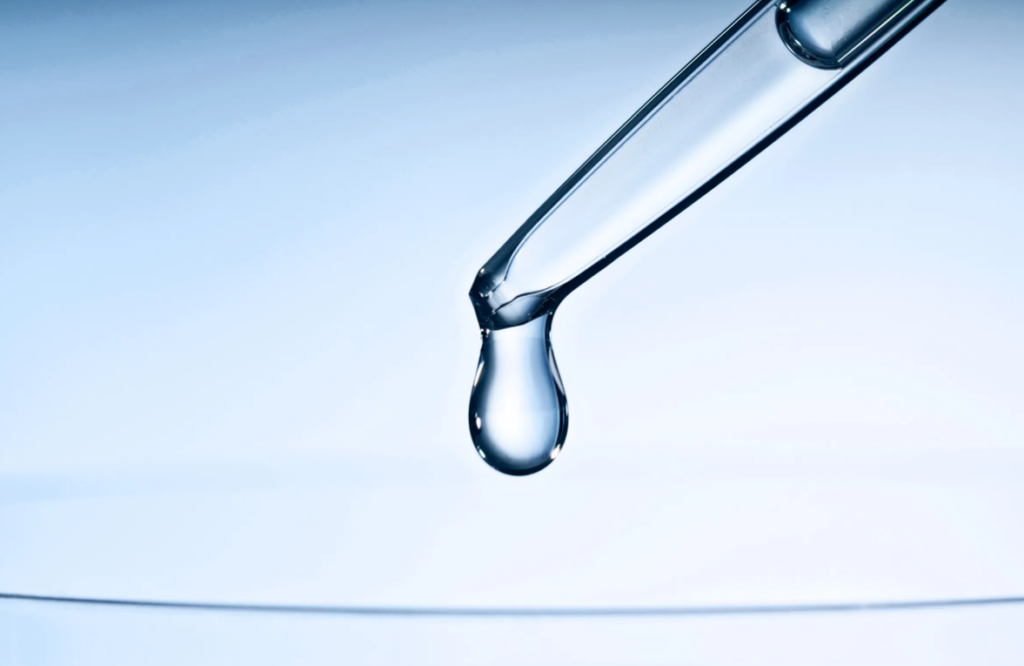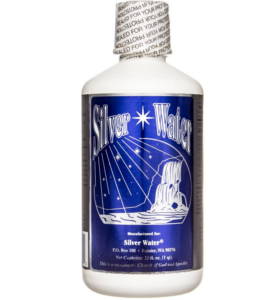Navigating the world of colloidal silver can feel like entering an eccentric universe where manufacturers make extravagant claims, each declaring their product as the ultimate silver solution. It’s not just overwhelming; trying to sift through marketing lingo to find reliable information can be downright confusing. Between differing “scientific” terms, elaborate equipment, and wildly varying descriptions, it’s hard to know which colloidal silver to trust—especially when some brands seem to verge on the fantastical. However, as confusing as it may be, colloidal silver is widely regarded as a valuable first aid tool and, in certain survival scenarios, can be a DIY antibacterial lifeline.
The Basics of DIY Colloidal Silver
Interestingly, anyone with some silver, a couple of 9-volt batteries, wires, water, and a glass container can make a basic form of colloidal silver. This simplicity brings some comfort—if you ever find yourself without access to pharmacies or essential supplies in a disaster, like a fictional zombie apocalypse, the ability to make colloidal silver might come in handy. Knowing that it’s possible to make it yourself is reassuring, but you’ll find it’s just the start of understanding the complex and often exaggerated world of colloidal silver manufacturing.
The Colloidal Silver Hype and Marketing Wars
One of the most striking elements in the colloidal silver industry is the intense competition among manufacturers. Each producer claims their colloidal silver is superior, often using dense scientific language that’s baffling to those outside the field. The competition isn’t merely about which product works best but often sounds like, “My silver is better than yours because of this complex reason that you might not fully understand.” The constant stream of “proof” and outlandish claims creates an expansive web of confusion for consumers.
Some manufacturers argue that their product is superior because, if you shine a laser through the liquid, it has a particular effect—a supposed indication of purity. Others claim that only their “scientifically tested” color (such as brown) proves it’s the real deal. The statements go on and on, each seemingly more elaborate than the last.
The Lab Debate: Real Science or DIY Science?
Adding to the confusion, some manufacturers boast “independent laboratory” testing. While that may sound promising, it’s worth noting that these so-called labs are sometimes just garages with lab equipment. Others proclaim they have high-end, state-of-the-art machinery, and one manufacturer, Wayne Rowland, uses a one-of-a-kind $500,000 Tesla/Rife hybrid machine. His setup combines Tesla coil technology with Rife frequencies to create what he calls “musical silver water,” reportedly with the smallest silver particles.
These elaborate setups can be impressive, but they make it hard for consumers to discern if there’s any real advantage or if it’s just a high-tech veneer on basic silver water. Not all consumers can tell if a product’s unique attributes or lab claims are truly beneficial or just sophisticated marketing.
Silver Water in Ancient Times
In rhe ancient world, after the last time technology crashed, the local healer would put a silver container of pure water on the local place where lightning usually struck when a storm was coming. He or she would watch it being struck by lightning and that would be their healing water.
So let’s get into the current realities of colloidal silver.
One of the longest-running debates in the colloidal silver world is ionic vs. non-ionic silver. Manufacturers who produce non-ionic silver frequently argue that ionic silver is ineffective or even harmful when taken internally, warning about reactions with hydrochloric acid in the stomach. On the other hand, ionic silver manufacturers may insist that theirs is more bioavailable, meaning it’s easier for the body to absorb. In reality, the science is complex, and few peer-reviewed studies provide definitive answers. As a consumer, it’s easy to get lost in this heated debate.
The Problem with Colloidal Silver PPM
Parts per million (PPM) is a common measurement of concentration in colloidal silver, but it’s often misleading. Higher PPMs, some as high as 500, sound potent, but larger particles can inflate PPM without necessarily providing better efficacy. Most experts agree that smaller particles, often found in products with lower PPMs, like 3-10 PPM, may offer better absorption and effectiveness. Yet, even within the industry, opinions differ widely. Rowland, for instance, dismisses 10 PPM as excessive for internal use, joking that he’d use it to mop his kitchen floor rather than consume it, while he promotes his own 3 PPM Silver Water as ideal for humans and still offers 10 PPM to all those who don’t believe him.
What Can We Really Believe About Silver?
The colloidal silver world is littered with claims about particle size, color, laser tests, and PPMs, creating a confusing marketplace. Some common qualities are generally agreed upon:
- Smaller silver particles are generally considered better for absorption.
- Settling: If the silver settles at the bottom and requires shaking, it’s not considered high quality.
- Color: The color of colloidal silver does not reliably indicate particle size or effectiveness.
In the end, deciphering these claims can be exhausting. Each manufacturer seems to have their own scientific jargon, independent testing, and elaborate explanations that may or may not have solid scientific backing.
Silver Caution and Personal Experience
Given the overwhelming information, sometimes the best approach is to experiment cautiously and see how your body responds. Colloidal silver has been used safely for thousands of years, and while no product can universally guarantee effectiveness, small, cautious self-experimentation can help you gauge its impact.
In a world of extreme marketing, it’s essential to stay informed and approach colloidal silver claims with a healthy dose of skepticism. Exercise your due diligence, look for products from reputable sources, prioritize smaller particles and quality over high PPMs, and remember that colloidal silver, like any supplement, is best used with mindful awareness of your body’s unique needs.
My own experience is to mix 3 PPM of Wayne’s Silver Water 50/50 with DMSO and spray it on cuts, scrapes, bruises, cat scratches, and bites then see them heal quickly without any scarring.


